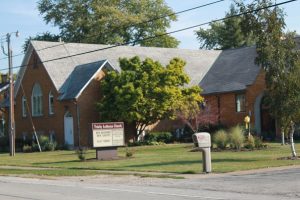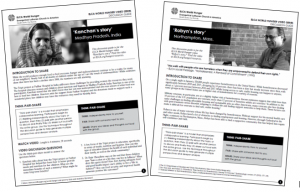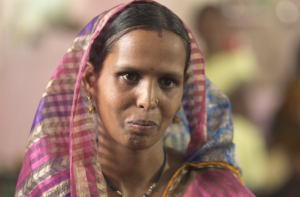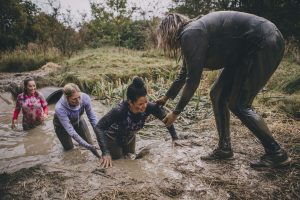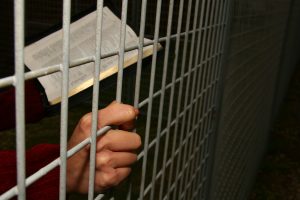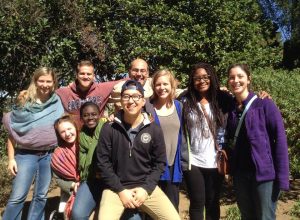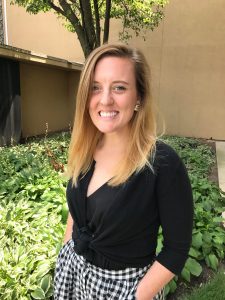John Wertz, Blacksburg, VA
Warm-up Question
Have you ever attended or participated in a wedding? Which elements of the wedding were the most memorable?
Taking Marriage Seriously
Have you ever heard someone say, “50% of all marriages end in divorce?” While that statement is frequently made in discussions about marriage and relationships, the research today on marriage suggests that this widely accepted statement isn’t true. According to University of Maryland sociology professor Philip Cohen, divorce rates have dropped by 8% from 2008 to 2016 driven primarily by a declining divorce rate among millennials (those born between 1981 and 1996).
“The change among young people is particularly striking,” Susan Brown, a sociology professor at Bowling Green State University, said of Cohen’s results. “The characteristics of young married couples today signal a sustained decline [in divorce rates] in the coming years.”
In fact, according to a study from the Centers for Disease Control, between 2006–2010, the probability of a first marriage lasting at least 10 years was 68% for women and 70% for men. While broken relationships and divorce are still a painful part of life in the world, statistics suggest that for those choosing to get married in 2018, the chance of divorce is far lower than it was 40 years ago.
Discussion Questions
- Statistics and data can be interpreted in a variety of ways. How often to you factcheck statements you see online like “50% of all marriages end in divorce”? What sources of information do trust?
- Are you surprised to hear that divorce rates are declining among millennials? Why or why not?
Twentieth Sunday after Pentecost
(Text links are to Oremus Bible Browser. Oremus Bible Browser is not affiliated with or supported by the Evangelical Lutheran Church in America. You can find the calendar of readings for Year B at Lectionary Readings
For lectionary humor and insight, check the weekly comic Agnus Day.
Gospel Reflection
After hearing Jesus teaching in Mark 10:2-16, it’s safe to say that Jesus isn’t afraid to address controversial topics. Instead of giving a simple ‘yes’ or ‘no’ answer to the question of the legality of divorce, Jesus uses the question to offer a much broader teaching which addresses the brokenness and sin in the world and reminds us of God’s desire for people to live in healthy relationship with one another.
Whenever the word ‘divorce’ enters into a conversation, particularly a religious conversation, some people are instantly transported to a place of personal pain or strong emotions. Some people will no doubt hear Jesus’ words as a condemnation of their actions while others will hear his words as support for their personal beliefs. Jesus’ conversation with the disciples and Pharisees, however, is less focused on answering the Pharisees’ question and more focused on lifting up God’s desire for God’s people to live in a healthy, lasting relationship with one another.
Look carefully at how Jesus responds to the question posed by the Pharisees. They ask, “Is it lawful for a man to divorce his wife?” Instead of answering ‘yes’ or ‘no,’ Jesus acknowledges the tradition and current practice and then expands the conversation to a discussion of a healthy relationships. Divorce, the official ending of a relationship, Jesus acknowledged, was permitted by Moses, because of the hardness of the human heart. In a perfect world, once two people are joined together in marriage, nothing would be able to separate them, but sadly, we know that some relationships are irreparably harmed by the choices individuals make. Because of the sinfulness and brokenness that exists in our imperfect world, divorce happens. It happened in Jesus’ time and it happens today, but divorce it is not the desired outcome of a relationship.
God’s desire is that God’s people will live in healthy relationship with one another. God’s desire is that when two people choose to marry then nothing will be able to divide them. God’s desire is that God’s people would know the joy of having healthy, loving relationships in their lives. By not simply answering ‘yes’ or ‘no’ to the Pharisees’ question about divorce, Jesus invites us to recognize the complexity of human relationships and to consider not simply what is legal, but how we can participate in the whole, healthy life that God desires for all God’s people.
Discussion Questions
- Share the characteristics or practices you feel contribute to a good marriage or healthy relationship.
- Divorce is a painful and difficult experience for many people. How could you share God’s love and support with someone whose parents are divorcing?
- Where do you go to find answers to the difficult questions you face in life? How might scripture or faith help you find answers to those questions?
Activity Suggestions
Interview a couple that has been married for 40 years or more. Ask them to teach you the characteristics of a good marriage/relationship.
Identify and share with your group memes or emojis that might be shared in a healthy, loving relationship.
Closing Prayer
Abundant God, your love for us is unbreakable. Give strength and support to those dealing with the pain of divorce and help us all to build whole, healthy relationships in our lives. May your love for us be reflected in the way we treat others. Amen.





